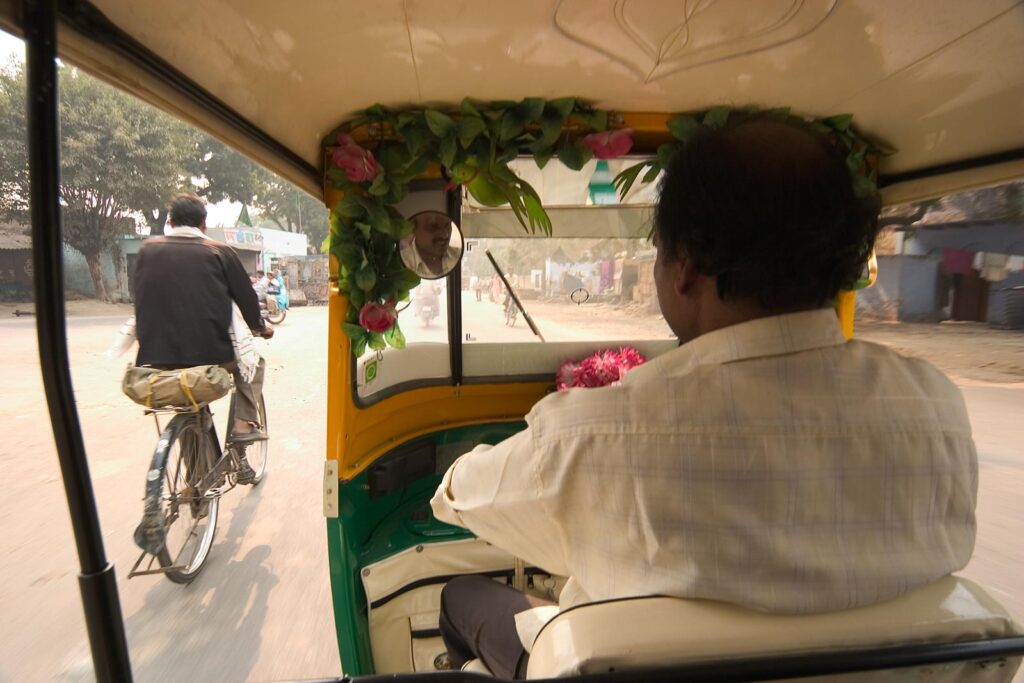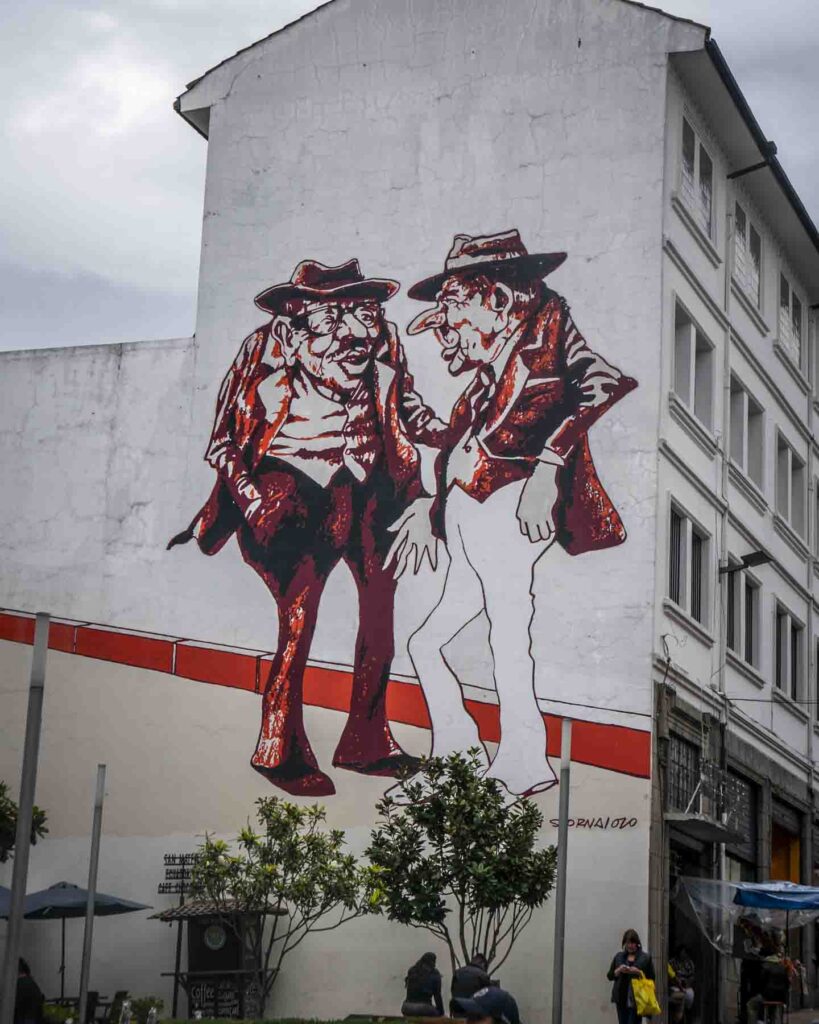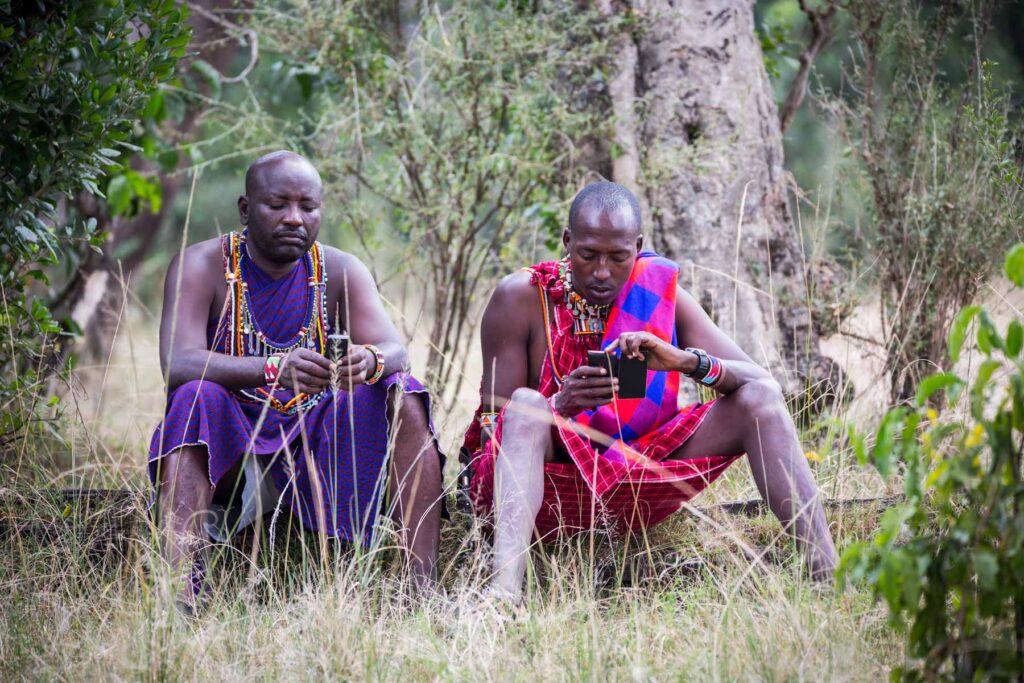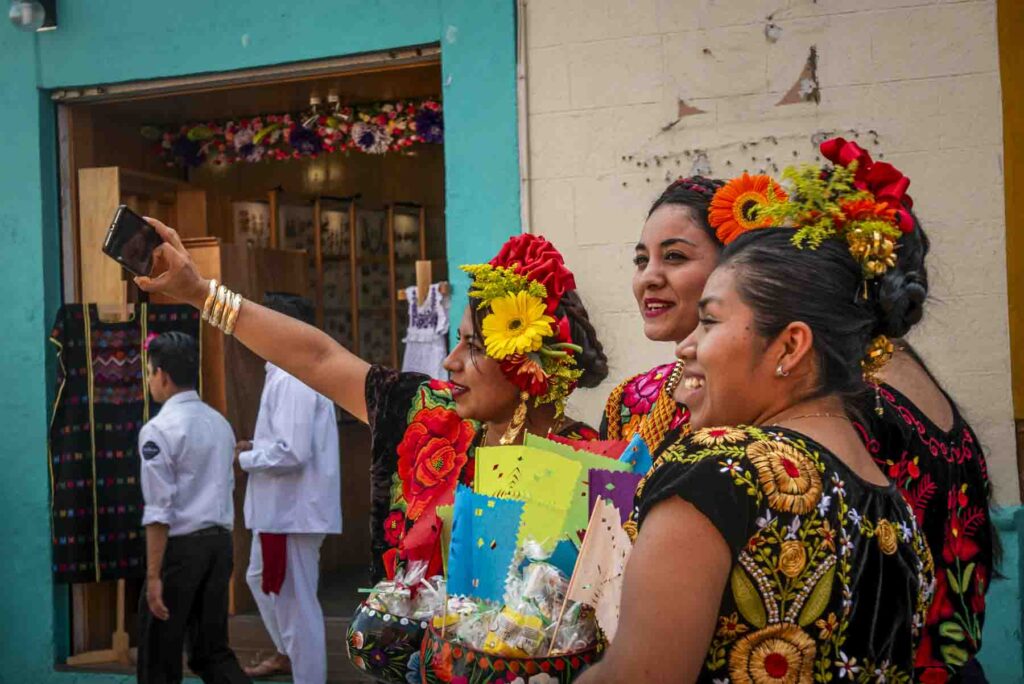Travel tips
Our favourite travel apps
When Ade and I first started travelling, the internet was still a fairly new concept and travel apps weren’t even on the horizon.
Back then we relied on friends, our travel agent, our trusty travel guidebooks and the people we met along the way to ensure we got the most out of our trip.
And over the years some of our favourite experiences have been the sites or activities locals and other travellers have told us about – like the time in Munich when we stood chatting to a local for about 20 minutes.
Don’t go to Hofbräuhaus, he told us, not for a meal, go to Augustiner Brewery instead. It’s far less touristy. So we did, of course, and had the time of our lives. You know you’re in for a unique experience when all information is in German and half the people at the table only speak the local language. Fortunately one lady could speak English and helped us navigate the menu – she even offered us a lift home at the end of the night.
But I digress.
Since that night about 20 years ago our travel planning has changed significantly and the ability to source information about new destinations has exploded with the internet and mobile technology.
These days when we travel we find ourselves scouring travel blogs, looking at different experiences, studying photos and videos on YouTube to see what a place actually looks like and what we might like to do, see and photograph in a new city.
It’s no secret that planning a trip is a big part of the fun of taking the trip. Travel apps can be incredibly useful for planning your adventure and for helping you to navigate a country once there.
There’s an app for just about everything in today’s digital world and the travel industry is no different. And it’s no wonder.
With travel apps you can easily search and store flights, destinations, tourist attractions, restaurants, activities; the list is endless. Getting that “insider” or “in the know” information is far easier in our digital world.
But having so much information at our fingertips can be overwhelming. Who do you listen to, who do you trust. Add AI generated content and it’s becoming even more confusing.
People often ask us what apps we use, or what sites we recommend for people heading overseas.
Some of our favourite apps are travel specific, some are apps we use frequently at home, but they also happen to be very useful overseas.
GPSmycity
One of our favourite travel apps is GPSmycity because it essentially brings all these benefits together (disclaimer: we also contribute to this app which means you can walk in our footsteps!).
So often these days when you try getting information on a city all the top search items are trying to sell you a tour. And while we love tours, often we just want tips from people who have walked the streets we’re heading to. We want to know what it actually felt like and what they saw.
The GPSmycity app allows you to follow the itineraries of your favourite travel bloggers and plots restaurants, icons, hotels – anything mentioned in a travel blog – so that you can see exactly where it is and use that information to build your own walking tour of a city.
And once you download a blog post, you can access it offline meaning you don’t need WIFI or data when on the road to access the information. It’s kind of like having a lonely planet guide, detailed map, travel agent and someone “in the know” in your pocket…
With GPSmycity you can download basic articles for free or for a small fee you can download the full version, which includes GPS coordinates to make navigating new cities even easier. (Note: we get a small percentage of download costs if you choose the full version of one of our stories.)
There are more than 1000 cities worldwide listed on the GPSmycity app, and it’s constantly being updated by contributors, from around the world, so you’re sure to find something of interest.
To celebrate the launch of our new look website from April 14 until April 28, you can download our article Vung Tau – a city of layers , with GPS coordinates for free! Check it out.
Make sure you check out GPSmycity before your next trip and download maps for a different take on the cities you’re visiting.
Wise/XE Currency Converter
I use the XE currency converter app all the time when we’re travelling. Ade uses Wise (he also uses this regularly as his bank card to access funds while we’re travelling). Both apps help us convert local currencies quickly and easily.
Just add the currency of the country you’re currently in or heading to under the ‘convert’ section in the app and away you go. You can also send money via the XE app, apparently, but we’ve never used that feature, we simply use it to get a better idea of how much something costs, or to know whether we’re getting a good deal when converting Aussie or US dollars into local currency.
I’ve literally looked up the app while I’ve been standing in front of a money changer, just to be sure I’m not getting ripped off.
We also use the Wise app if we need to transfer money for tours or accommodation payments, to withdraw from ATM’s and to tap for purchases. It gives us one of the best rates and is very easy to use once you have it all set up.
Another bonus when travelling overseas is you can set Wise up to receive your 2-step verification code via WhatsApp. This can be a real blessing when you only have data OR a local sim that isn’t using your home mobile number and therefore can’t receive an sms.
iBooks
This one is a little out of the ordinary but hear me out. I use iBooks to store itineraries and tickets that are emailed to me. I find it’s useful to have them all in one place and to have them available offline.
I don’t want to be searching through my emails or logging on to my desktop to find important documents. And when we’re travelling for months on end and making reservations on the go, printing out all our documents is impossible.
I like to be able to check itineraries on the road, especially when I’m hosting a tour, and this might mean I’m looking things up on a bus or train or while waiting in line to get into a local attraction.
iBooks is perfect for that. Google docs or downloads on an android phone would probably work in much the same way.
And yes, I also use iBooks for books, but I tend to use my Kindle app for that more so than iBooks so the two don’t get mixed up.
Google Maps
This is another one I use all the time. At home I generally use it to get the best route for my destination when I’m driving, but while travelling I use it to walk through cities, to find nearby restaurants, ATMs, cafes. You name it. It is one of the most useful tools a traveller can have. Part map, part guidebook, you can even check out reviews to see what others thought of that restaurant you’re planning on checking out.
Google Translate
While we’re on Google, the Google Translate app is another useful tool for travellers. Just put in the language of the country you’re in (make sure you’ve toggled correctly, ie do you want English to Italian or vice versa?) and then type in the word or phrase you need translated. There is a microphone if you’d prefer not to type.
There’s also a handy camera function so you can hold your device over foreign text and it will translate it into your preferred language, ideal for when you want to read a menu.
Uber
This is another one of those apps we use all the time at home in Melbourne and when we’re overseas. We speak to a lot of people who have told us they’ve never thought to use this overseas and wondered whether they needed a different app for each country.
You don’t.
We have used Uber in Egypt, in Italy, Morocco, Croatia, Malaysia, India, Ecuador… the list goes on. It’s very handy as you can pinpoint exactly where you are and where you want to go and avoid language barriers and confusion.
We will also often use it to look up the price of a trip from our location to our destination and then compare that to the price taxis will drive us to the same destination.
Some countries have their own version of Uber, ie Grab in Vietnam, so it’s worth checking to see what’s available in the country you’re heading too.
Airalo/Amaysim
People always ask us about local sims. Traditionally Ade has been a big supporter of buying a new, physical sim in each country – it generally is cheaper and it means you can usually make phone calls (often only within the country you’ve bought the sim in).
I prefer to use an e-sim (I use Airalo, but there are many options to choose from). I don’t have to change physical sims and it’s easy to set up. They do work out to be more expensive so if price is a consideration you might want to stick with a local sim, but they are so much easier to use. Essentially the e-sim provides data for your phone so you can access all your trusty apps while on the go.
This is another one of those apps I’ve used in countries all around the world and they’ve never let me down. I’ve also found them to be very responsive when I did have an issue trying to download the sim in a new country.
Ade has now also jumped on the e-sim bandwagon and is trialling Amaysim, it seems to be a bit cheaper than many of the other e-sims out there and has a 12 month option for extended travel, so I’m watching it closely!
Social media
We use social media in a few different ways when we’re travelling. I like to use WhatsApp and Messenger to stay in touch with people.
You’ll find a lot of organisations and tour companies around the world use WhatsApp as their method of contact so if you don’t have it, it’s worth downloading and learning how to use it before you leave home.
We are constantly making video calls to friends and family at home or those we’ve met on the road through messenger, and now that it’s encrypted it’s even better.
And of course we use Facebook, Instagram, X (only occasionally now) and YouTube to get our travel inspiration, to learn about new places and to pick up tips along the way. And to share our adventures, of course.
I know a lot of people use TikTok these days but I just don’t seem to be able to get into it.
Compass/Fitness
I regularly use the Compass app on my phone, but not for the reasons you think. If you scroll to the bottom of the app it will tell you the altitude you’re at.
I think that’s pretty cool, particularly when you’re somewhere really high – like La Paz, or Quito or Cusco. The highest we’ve been is Rainbow Mountain in Peru at 4900m and Cotopaxi in Ecuador at 4864m.
I also use the Fitness app on my iPhone to track how far I’ve walked in a day and how many flights of stairs I’ve climbed. I’m definitely not a fitness buff, but I do like to see how far I’ve walked around a city. It also makes Ade feel better about choosing fries over the veggies and helps justify his pint of beer.
Join @AllabroadAU on Instagram, FaceBook, X and YouTube for more travel chatter.




